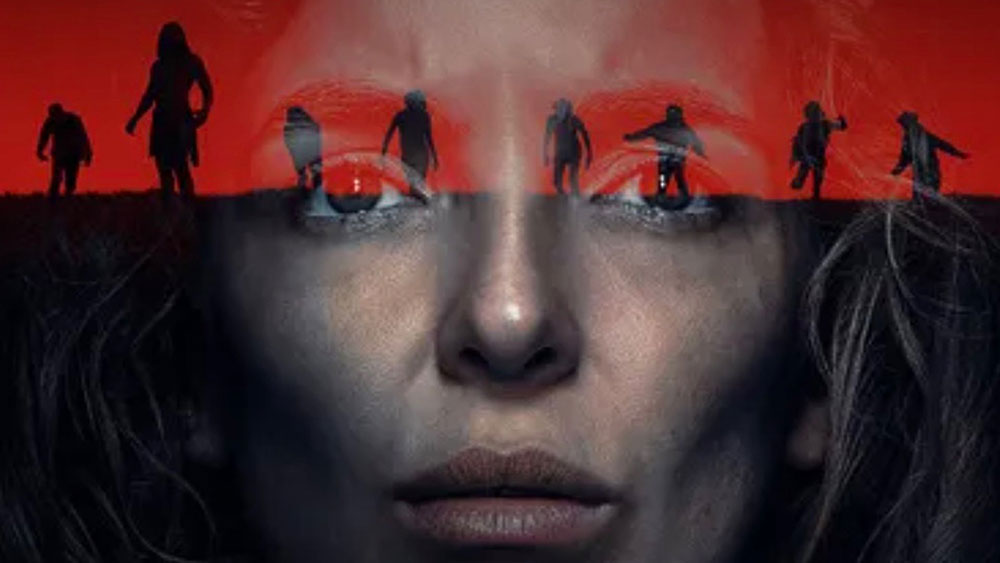28 Years Later is the most discussed and eagerly awaited zombie horror movie since World War Z in 2013.
Directed by Danny Boyle, written by Alex Garland, and starring Jodie Comer, Aaron, Taylor-Johnson, and Ralph Fiennes.
28 Days Later emerged as the most acclaimed and impactful zombie film in years, featuring its rapid, virally infected, not-quite-undead creatures wreaking havoc in a post-apocalyptic England. Now, Boyle and Garland have come together again for 28 Years Later, which is undoubtedly the most talked-about horror film since Sinners and the largest zombie film since Brad Pitt’s World War Z in 2013.
In comparison to other zombie films and television series, 28 Years Later is both complex and thought-provoking.
The original 28 Days Later was remarkable for its fast-moving zombies, contrasting with the slow, shuffling, and varying degrees of undead decay typically found in classic zombie films by George A. Romero (and the numerous films inspired by his works, Night of the Living Dead and Dawn of the Dead). Actually, the creatures in 28 Years Later aren’t truly zombies. They are victims of a lab-released “rage” virus that appears to be transmitted through almost any contact with an infected person’s blood or saliva. Within a minute or two, the newly infected individual will start vomiting blood and attacking anyone nearby in a frenzied state.
Watch the 28 Years Later Official Trailers
The victims resemble zombies due to their apparent craving for human destruction (although it’s never entirely clear if they are genuinely “feeding” on humans) and the mindless way they chase it, yet they are a less supernatural version compared to some of their predecessors. This was also the case for the 2007 sequel, 28 Weeks Later.
This remains true in 28 Years Later, but as time progresses within the narrative, Boyle and Garland introduce fresh variations on the post-viral population. Mobs of rage-virus victims still roam the countryside, often dressed in rags or completely naked, and this area is still limited to the United Kingdom. However, 12-year-old Spike (Alfie Williams) and his father Jamie (Aaron Taylor-Johnson) also come across infected individuals who have grotesquely swollen bodies due to the virus, crawling belly-down in the dirt and often feeding on worms. Conversely, our protagonists are also threatened by an “alpha” zombie, which is larger, stronger, and more cunning than the rest.
Watch 28 Years Later with with an IPTV UK subscription
The original film creatively utilized early digital video, which has surprisingly held up well despite the technology itself deteriorating; few films have managed to replicate the gritty low-resolution immediacy that sometimes blurs into a form of poetic abstraction. For the sequel, Boyle and returning cinematographer Anthony Dod Mantle have not recreated this aesthetic. Instead, they have modernized it, employing innovative multi-iPhone setups to capture similarly striking visuals. Boyle and Mantle leverage this technology to film from Boyle’s signature extreme angles and unexpected perspectives, incorporate micro-freeze-frames during particularly intense action scenes, and skillfully use real locations, culminating in one of the most visually distinctive films of the year and a significant achievement for Mantle.
And if zombie films are your thing, the fourth movie in the series: 28 Years Later: The Bone Temple, is scheduled for release in 2026.


